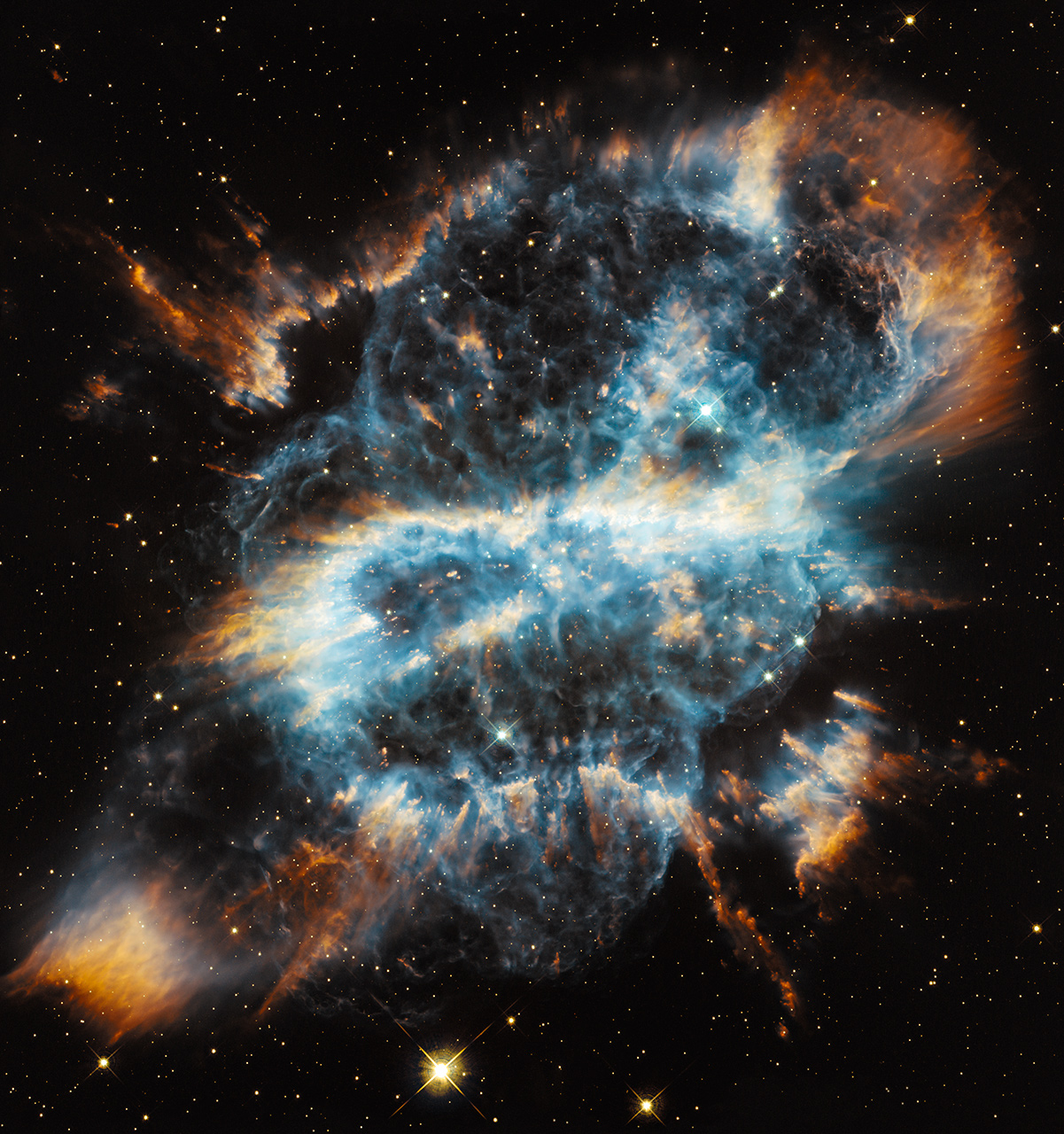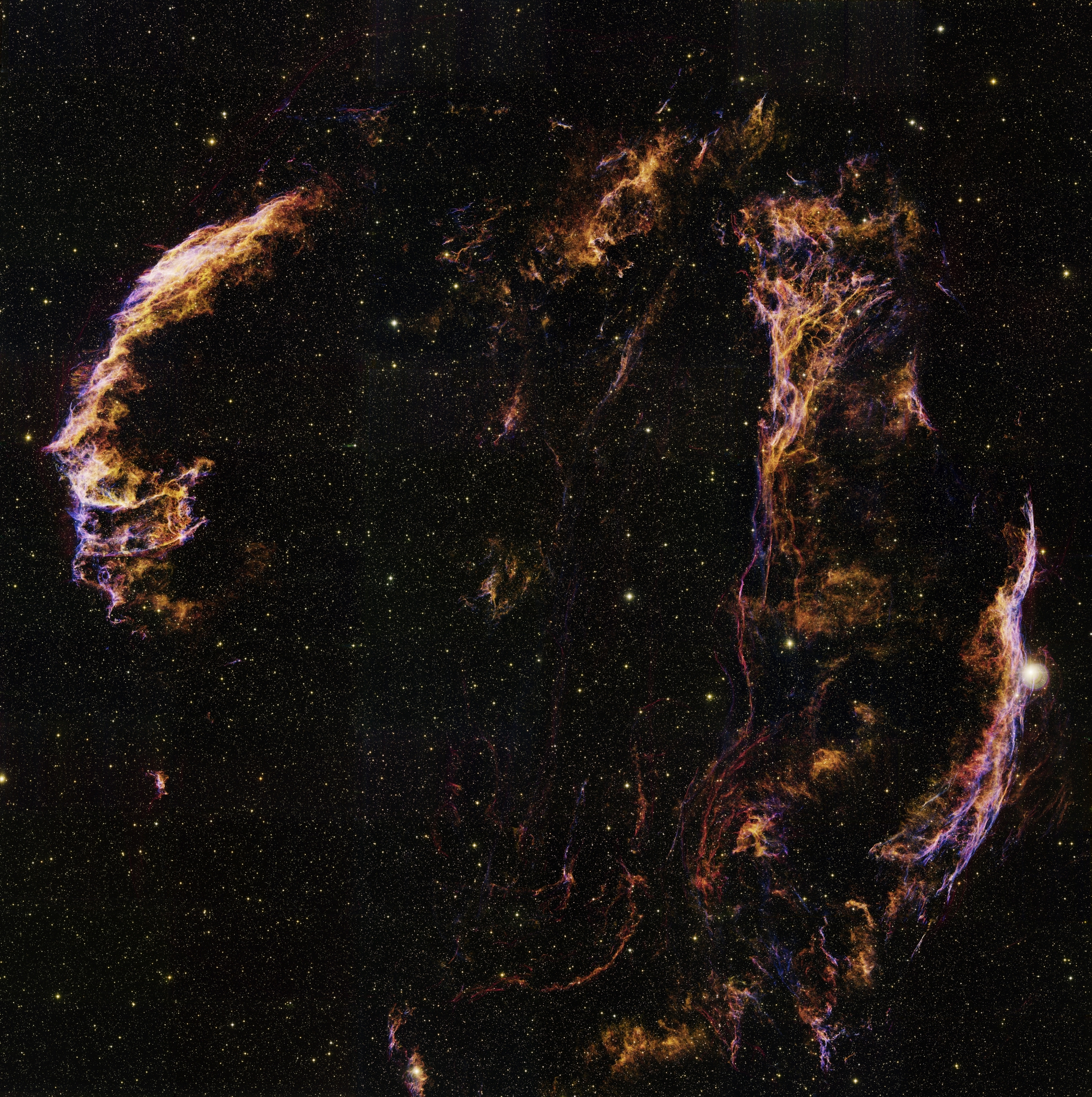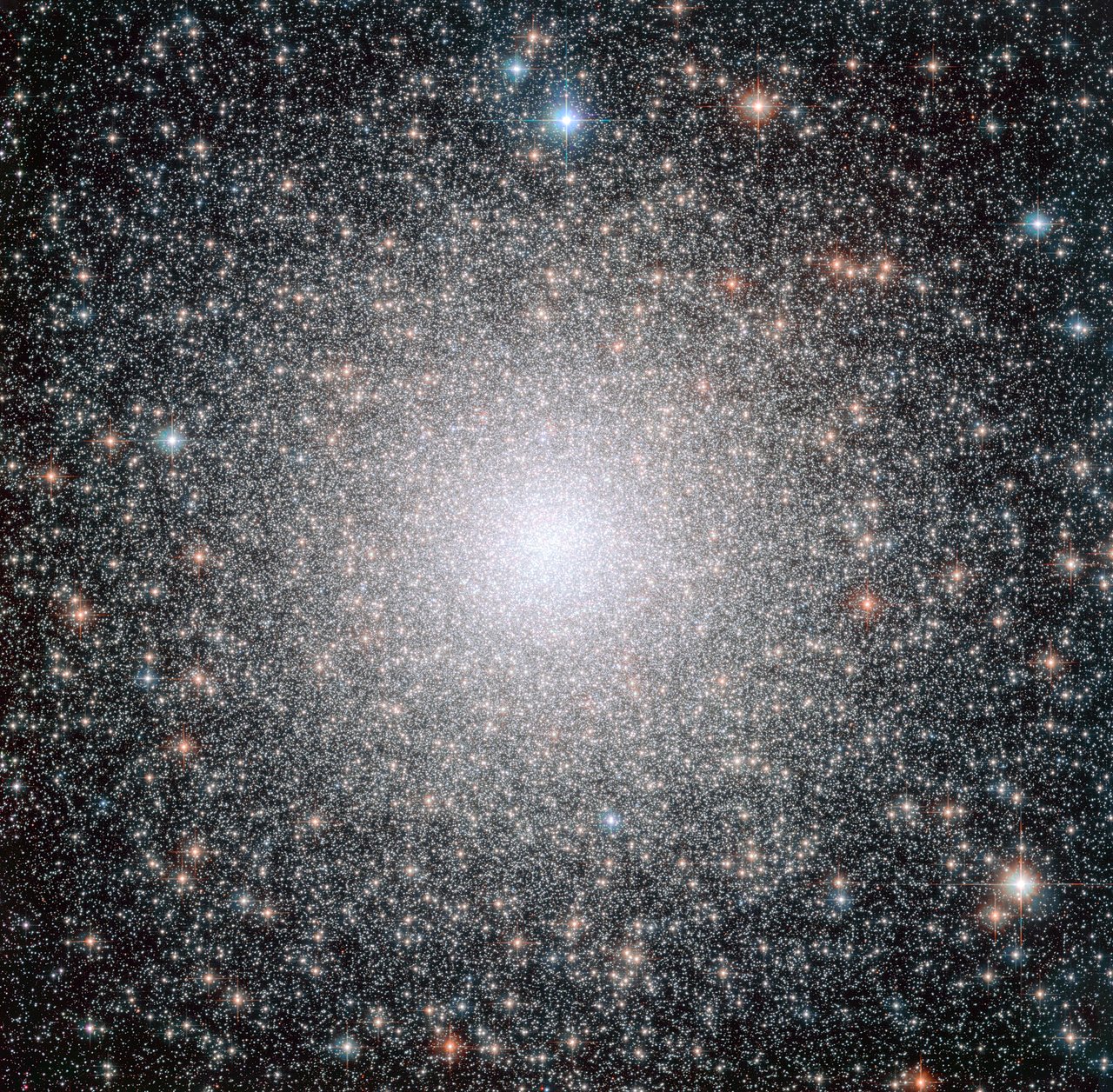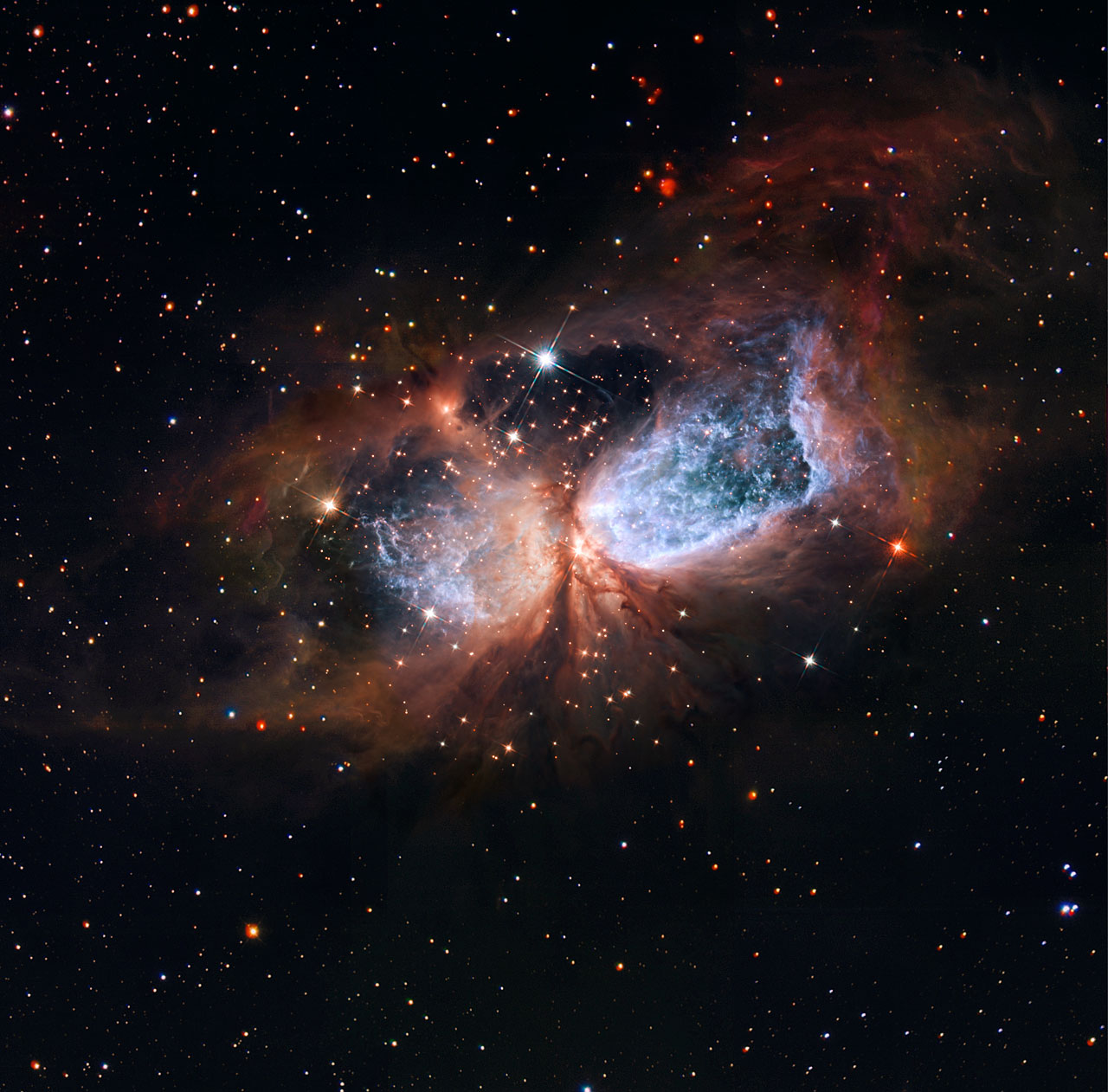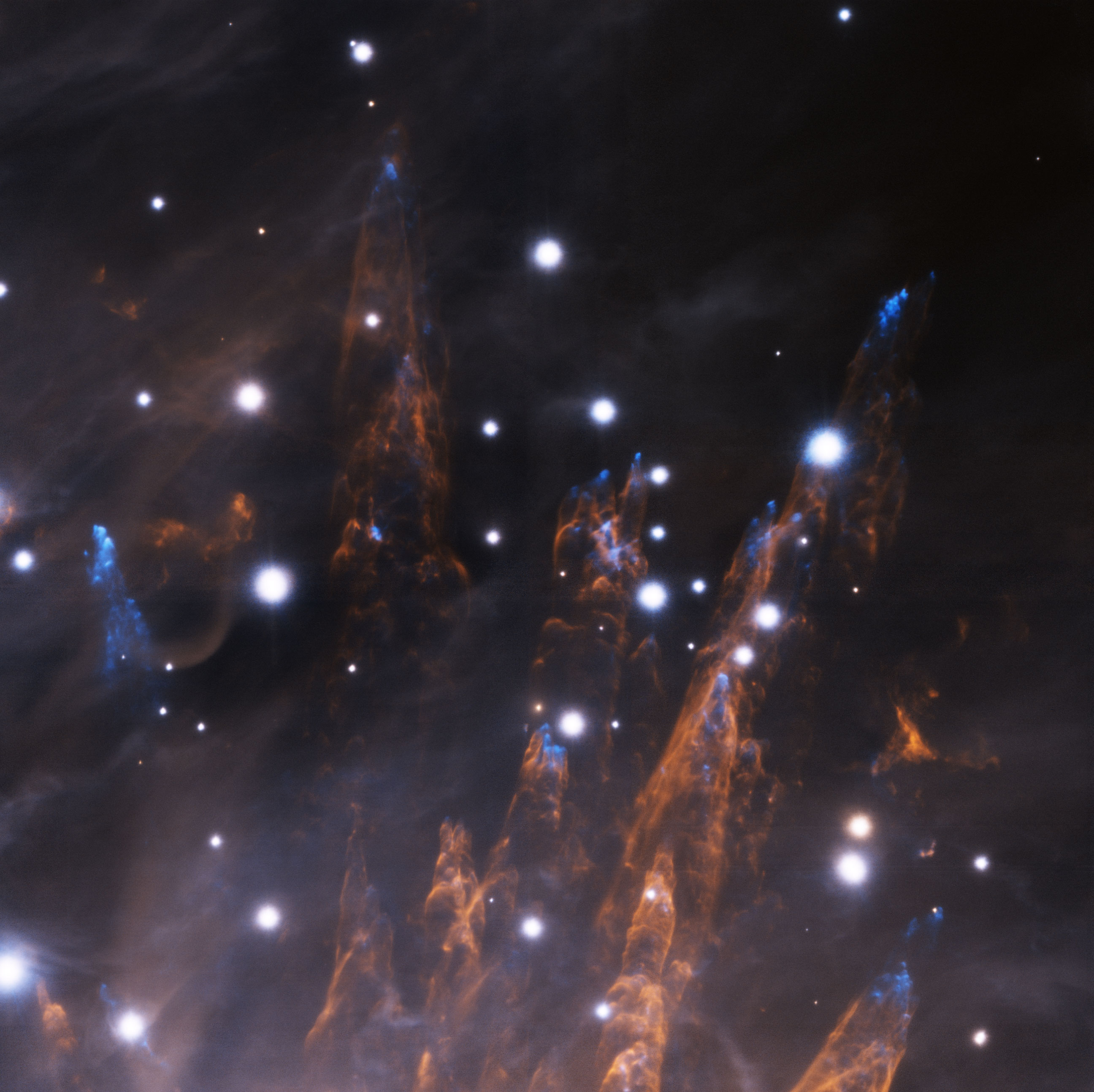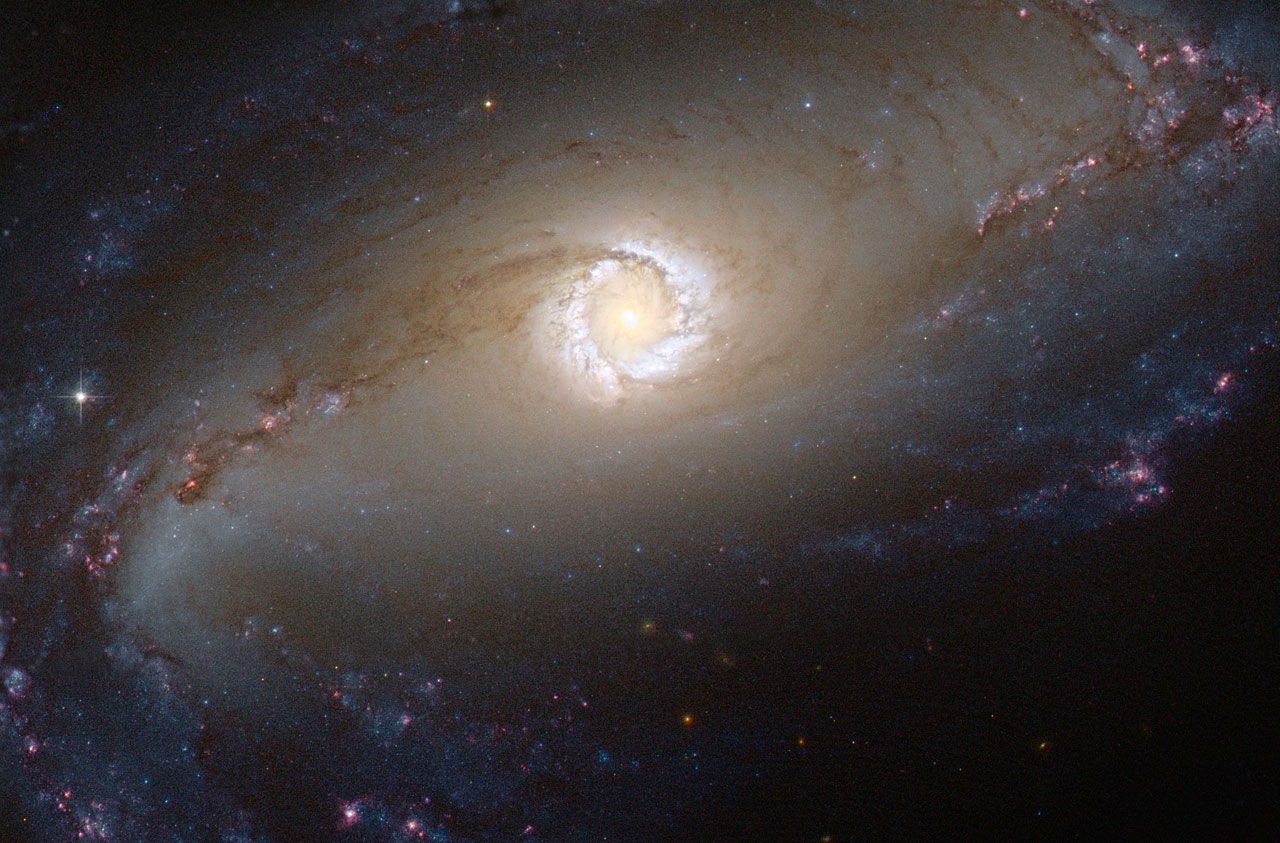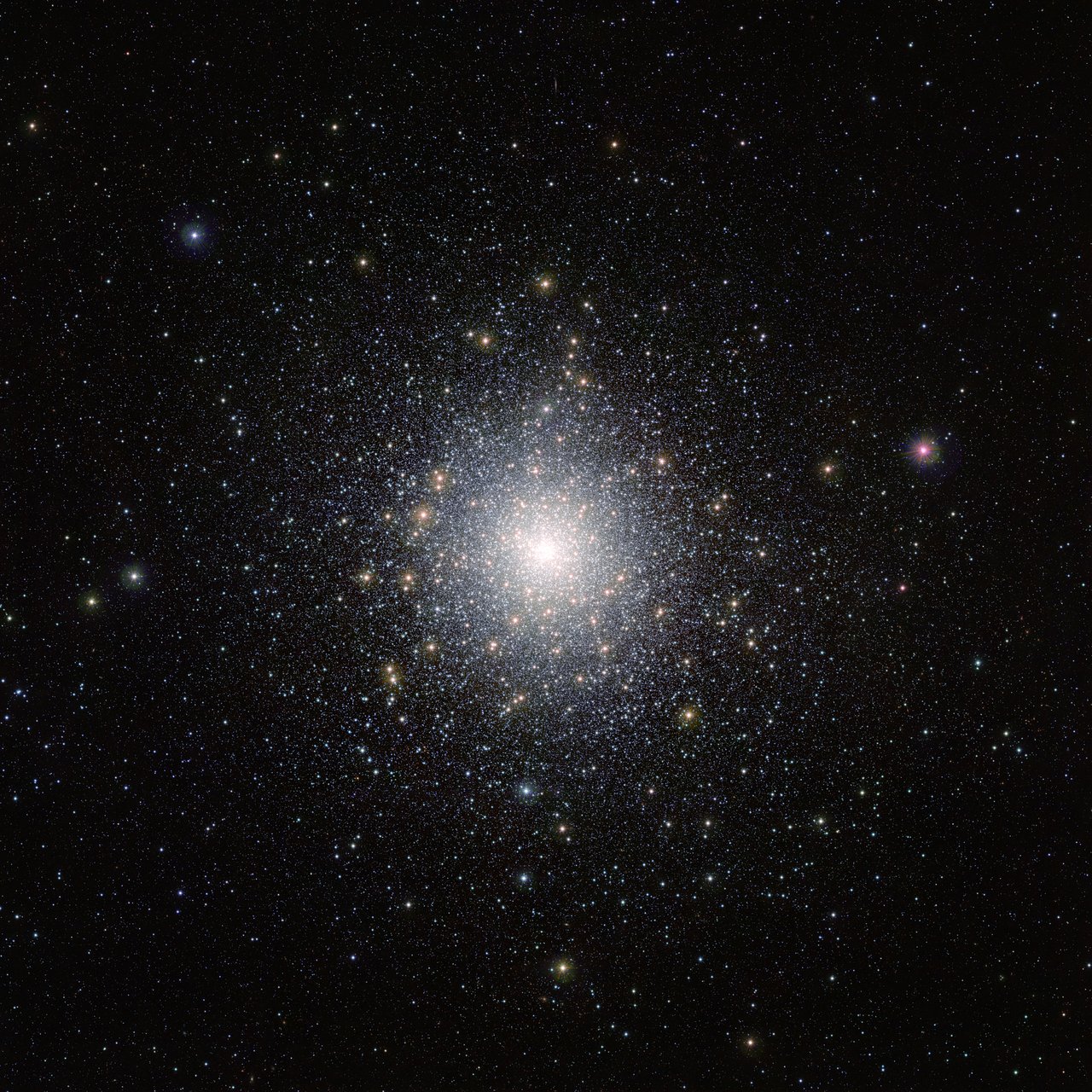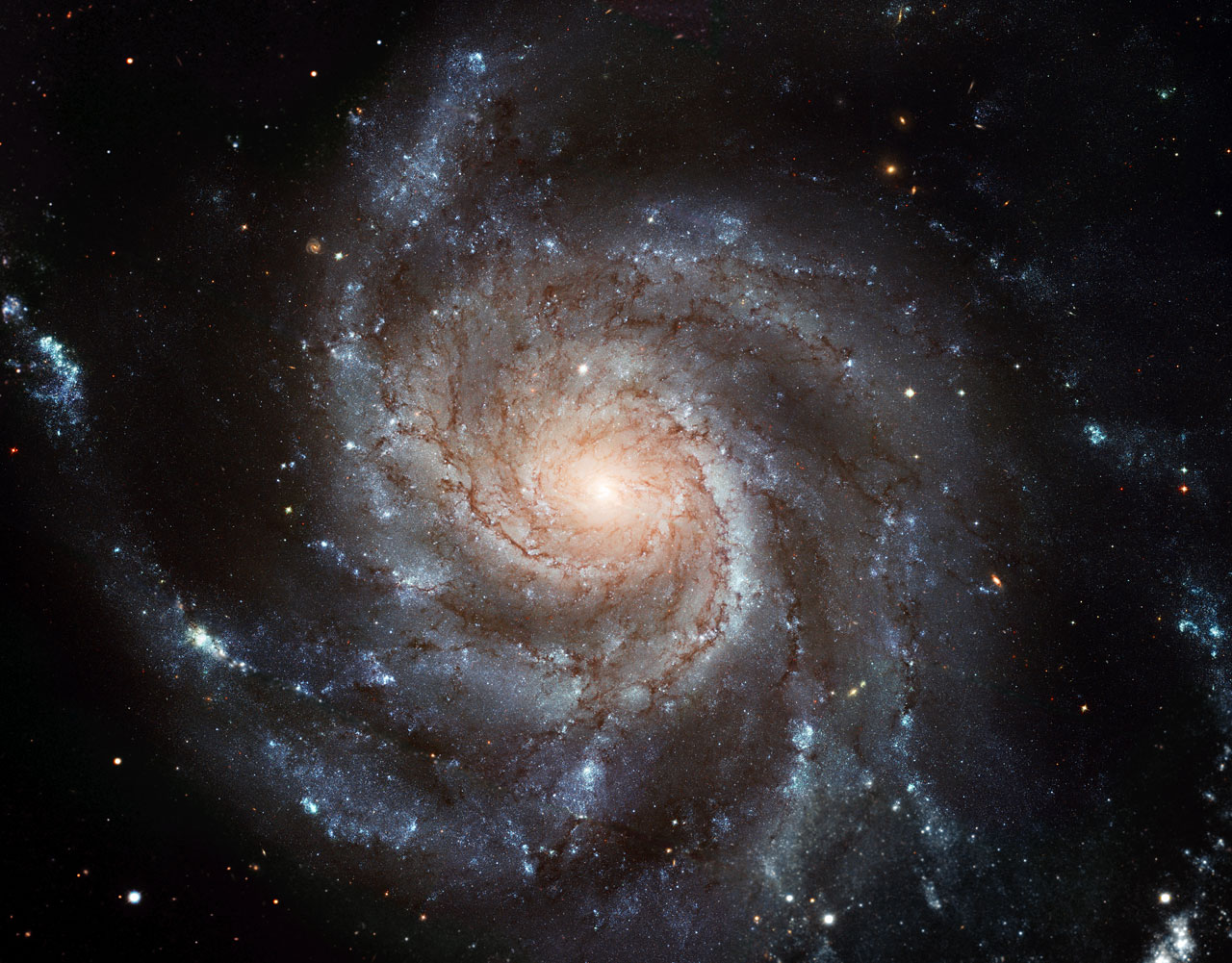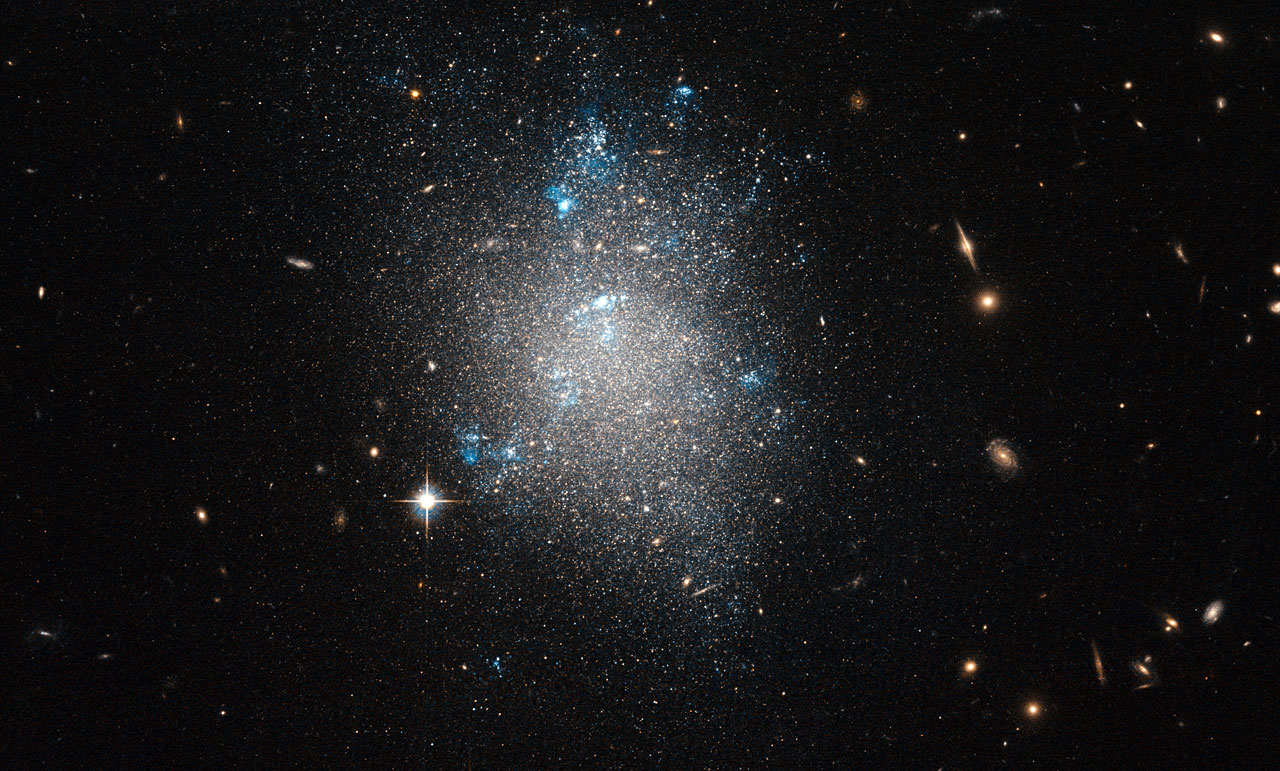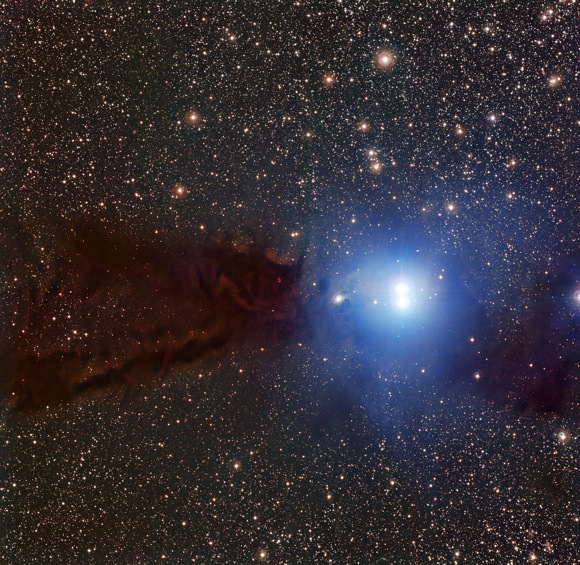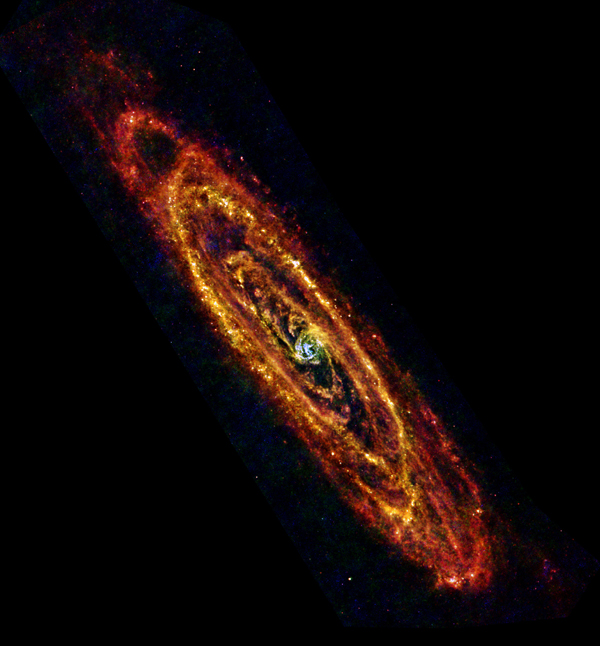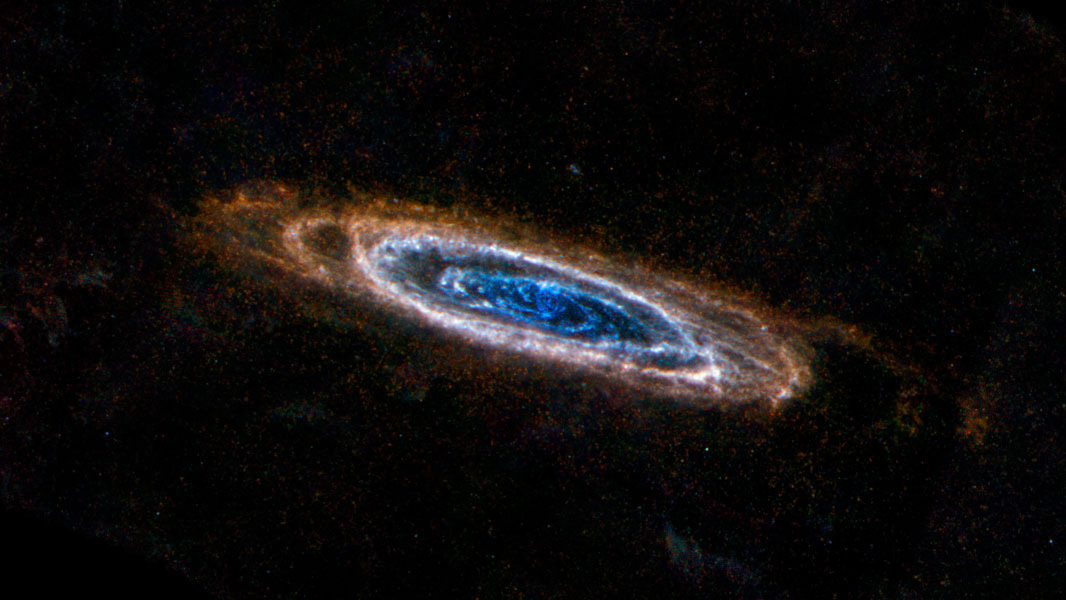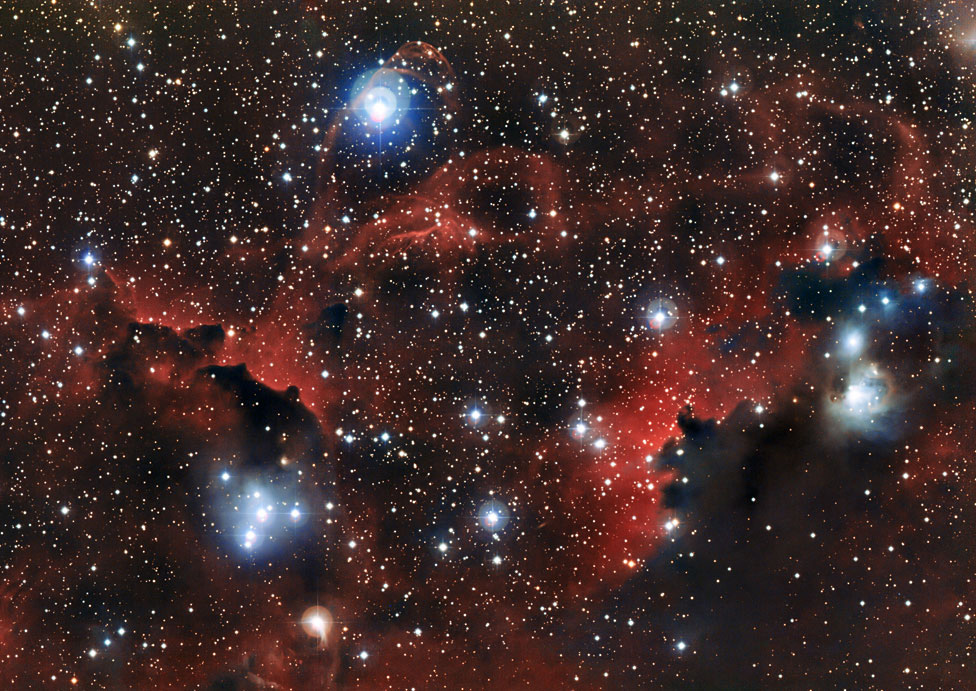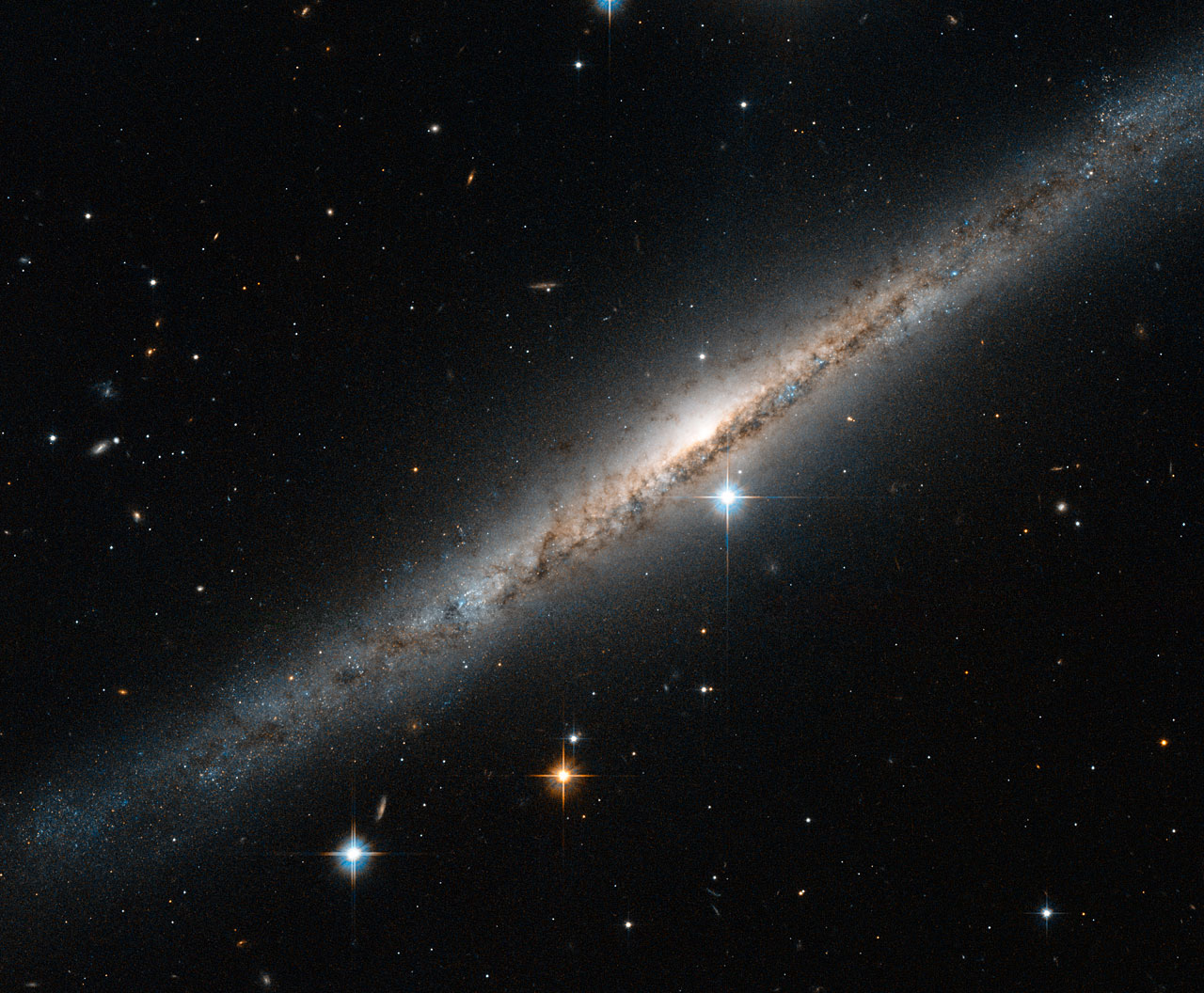- Joined
- Sep 1, 2010
- Messages
- 7,023 (1.29/day)
The Crab Nebula (M1, NGC 1952 or Taurus A) lies ~6500 ly away from Earth and is the remnant of a dramatic explosion, called a supernova, originally seen by Chinese Astronomers in 1054 AD. Starting out at 12-15 times more massive than the Sun, all that was left after the dramatic death of the star is a tiny, rapidly rotating neutron star and a complex network of ejected stellar material.

Previous infrared images of the Crab Nebula, using the Spitzer Space Telescope, used much shorter wavelengths and so only showed the warmer dust. Spitzer found only a tiny amount of dust, simply because it missed the massive reservoir of colder dust now known to exist. Herschel, observing at longer wavelengths, is able to detect both warm dust (shown in green/blue in the image) and also cool dust (shown as yellow/orange), some as cold as -260 Celsius. This has allowed astronomers to measure the total mass of dust for the first time.
It's amazing that Herschel Space Observatory managed to get such details which Spitzer Space Telescope and Hubble couldn't.
There's enough dust to make around 30 000 - 40 000 Earths.

We can see these filaments of dust in the far-infrared region of the electromagnetic spectrum (right part of the image).



 I might be wrong
I might be wrong
